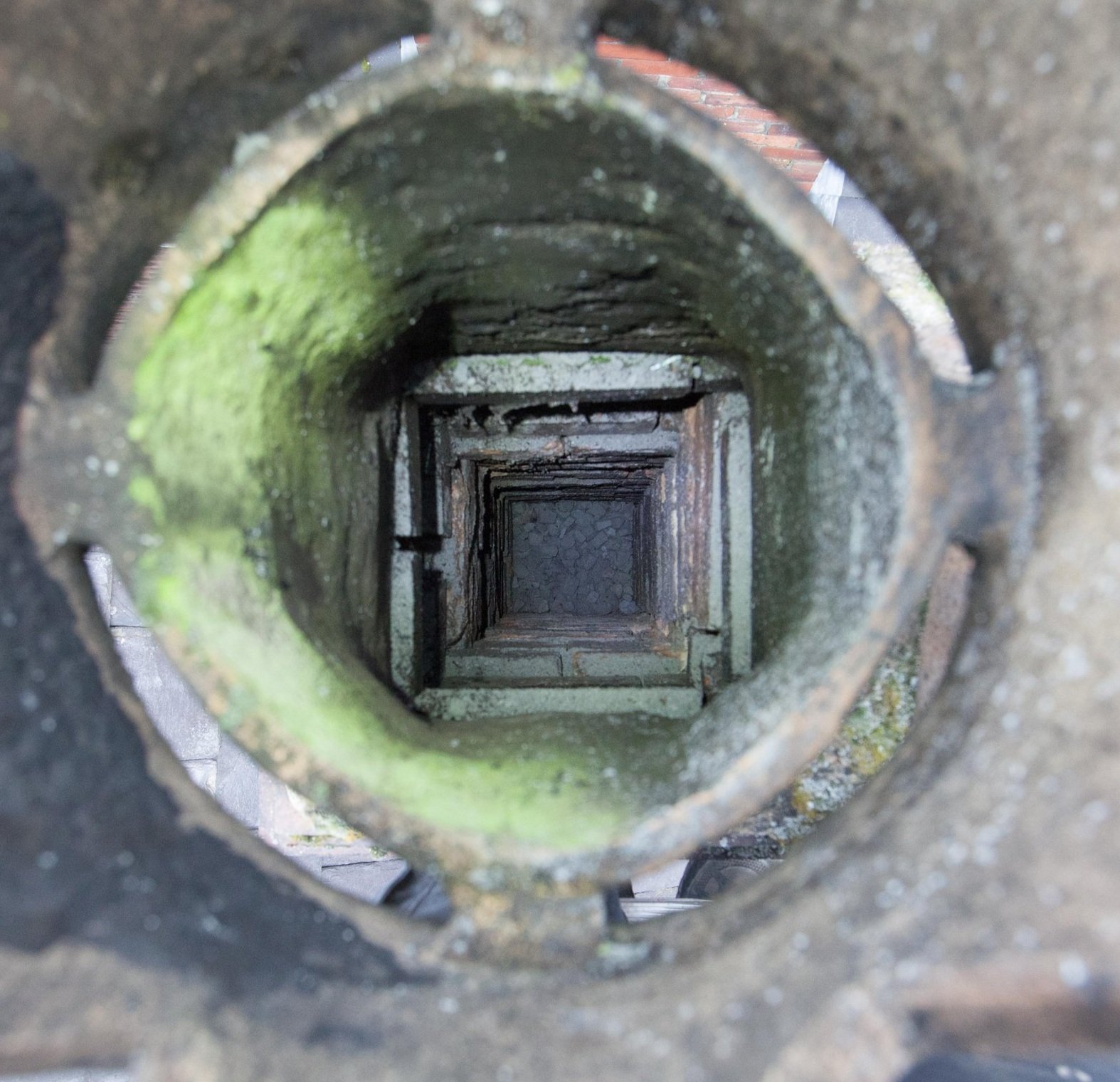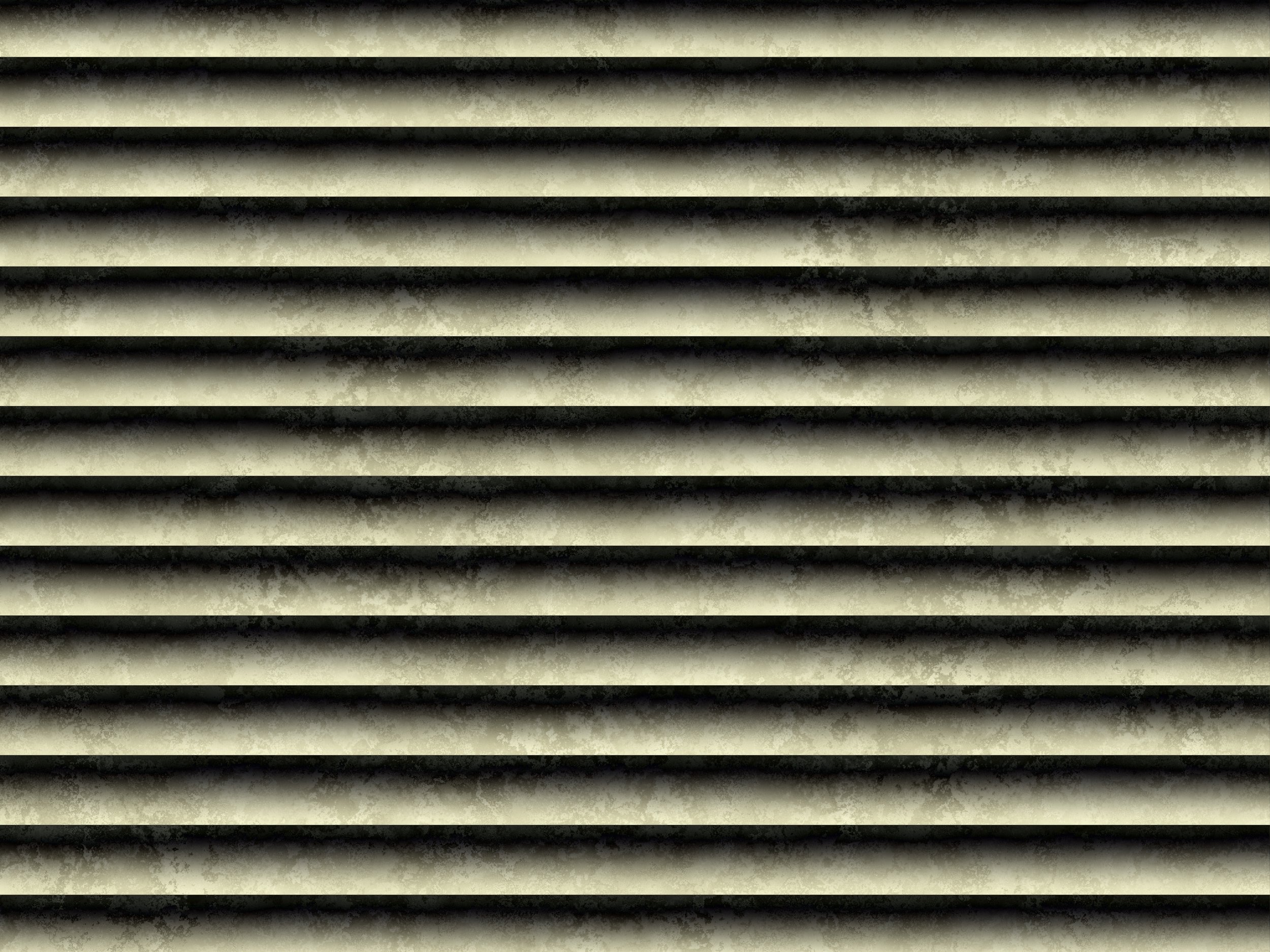
Airtightness & Ventilation
airtightness and good ventilation need to be considered when upgrading to a more energy efficient home.
Improving AirTightness
Airtightness is important to achieve improved energy efficiency in your home.
Leak detection (using smoke pencils or similar) allows uncontrolled air inlets to be found and sealed. This is particularly important around upper floor ceilings, service penetrations, skirtings and floor junctions.
Floorboards can be sealed using strips of rubber, wood or mastic.
Airtightness tapes are very effective and can be used to seal draughty areas around windows – particularly old sash windows may have a substantial gap around them if you take off the window surround.
Doors can also be examined for air leaks, with the possibility of adding a draughtproof layer to the back of old doors that are going to be retained.

the first stage OF RETROFIT is assessing and improving the airtightness .
Ventilation
A key feature of a good retrofit is control over how your house is ventilated.
Older houses used to ventilate themselves almost by accident. Draughts around windows and doors together with open chimneys meant there would always be air moving through the home. However, this cannot be controlled and can lead to too much ventilation when it’s windy outside, which wastes energy.
We recommend a planned, designed ventilation strategy. This can help improves both the comfort and health of your home and its occupants. It can provide substantial improvements, including bedrooms not overheating in very hot weather and reductions in damp areas.
The first stage is to improve the airtightness as far as is practical. The next stage depends on the form of your home, the budget and the success of the first stage of airtightness measures.
using existing building features to improve ventilation in your home
Chimneys and underfloor options
Chimneys can be repurposed as ventilation if in the right place in the building and coming from the right rooms. If the cellar is dry this can be used as a buffer for incoming air cooling it in summer and taking the chill off it in winter.
Another option is using the undercroft under suspended floors. This can be topped up with additional vents to form part of a planned ventilation strategy. This uses the buoyancy of warm air – roof vents designed to make the most of passing air and humidity controlled vents draw damp or smelly air out from kitchens and bathrooms.
If airtightness is good enough this creates a sufficient negative pressure to bring replacement air into the living and sleeping spaces.
For most budgets, the most accessible option uses a moisture sensitive plastic to open and close wall or window inlet vents and extract grilles into insulated flexible ducts out of ‘wet’ rooms.
Passive stack ventilation with heat recovery
A new approach from Ventive has been to put an unpowered heat exchanger between incoming and outgoing air on the roof with concentric ducts running up existing chimneys or new flues.
This is not a cheap option and care has to be taken with shared stacks and stoves or fires.
This system is in continuing development, and a new version is now being tested that may reduce the cost and improve flexibility.
Mechanical ventilation with heat recovery (MVHR)
Where really good air tightness (at least 1.5cu.m/hr/sq.m. at 50pa) can be achieved and budget permits, the ultimate in controlled efficient ventilation can be used.
This blows incoming air over outgoing air through an efficient heat exchanger that in some cases means a 90% heat exchange takes place. The principle is that the energy saved by the heat exchanger is more than that used by the fan driving it.
Units can also be fitted with additional kit to control humidity or small heating coils, so that if the building is super-insulated nearly all the heat needs can be provided by this.
They do however require maintenance – filters need regular changing and in cold damp climates care needs to be taken with condensation from outgoing air.
Gallery: Airtightness & Ventilation
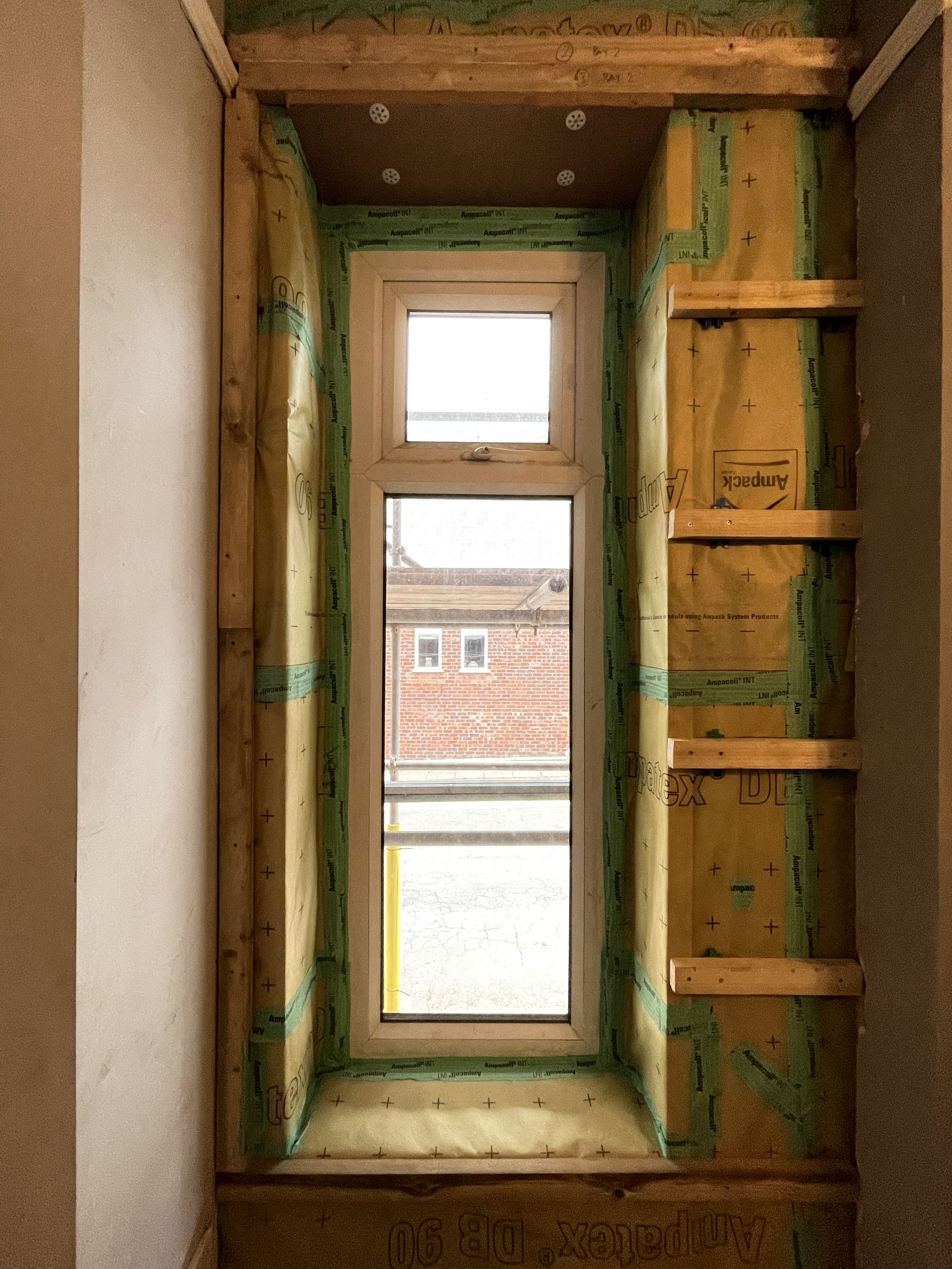
Existing window retained for now, new internal wall insulation all taped up for airtightness and moisture control
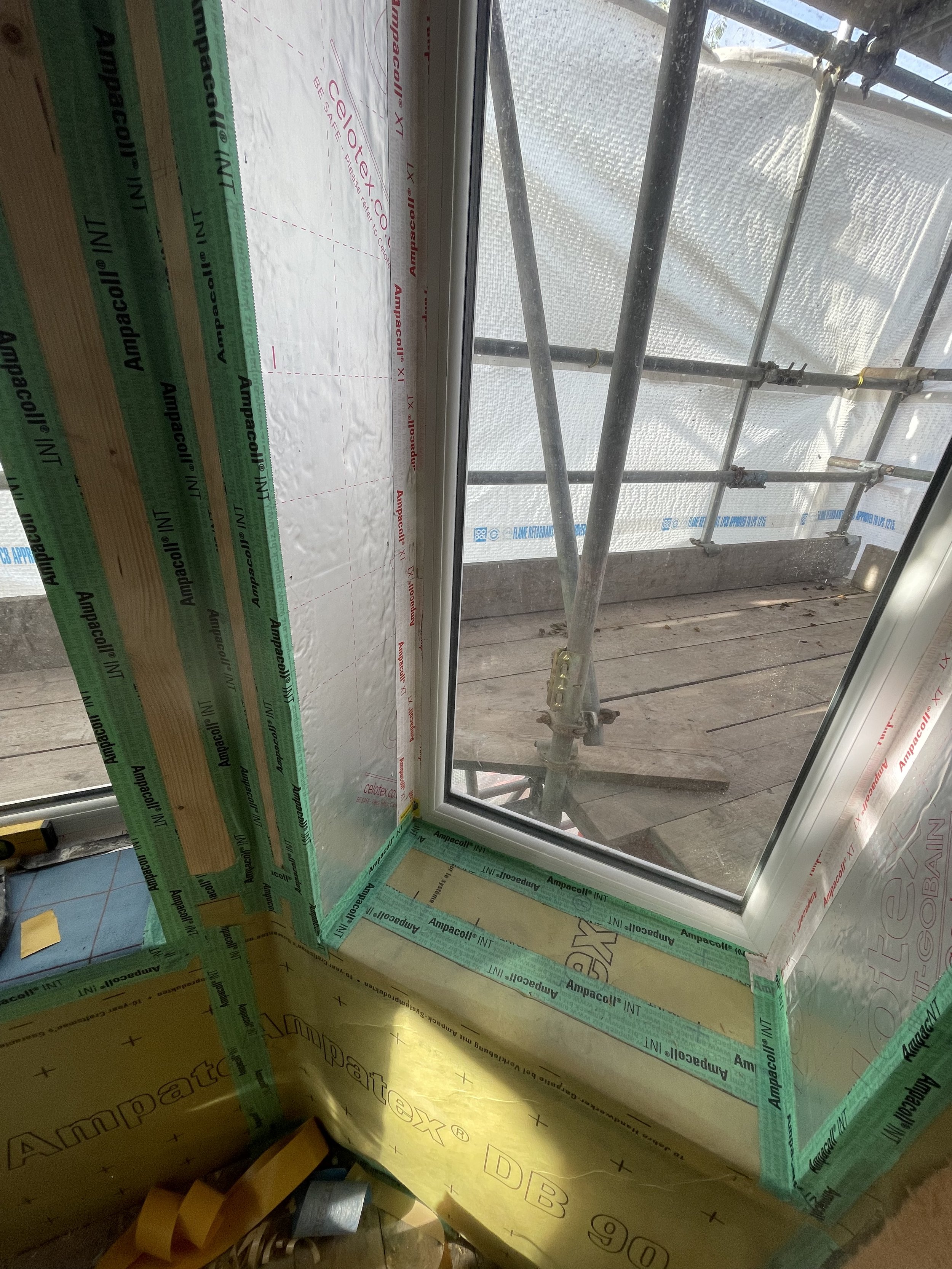
Major risk of cold bridge and air infiltration around windows needs careful attention with thinner insulation and tape

Chimney filled to roof level with foamed recycled glass pumice

Room in roof when there's no space - vacuum insulated panels, taped for air & vapour tightness
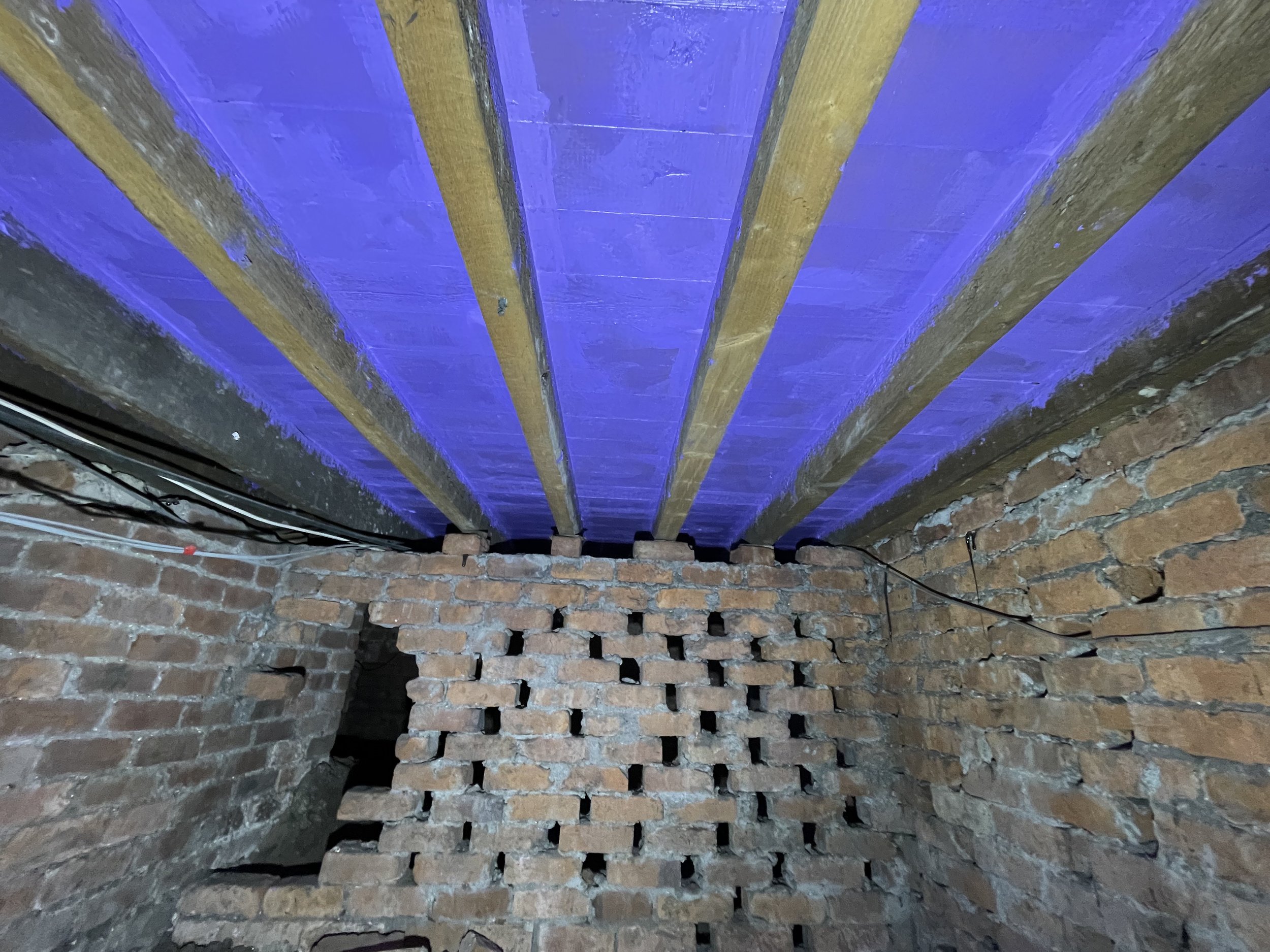
Underfloor insulation - liquid airtightness layer applied to under side of floor


